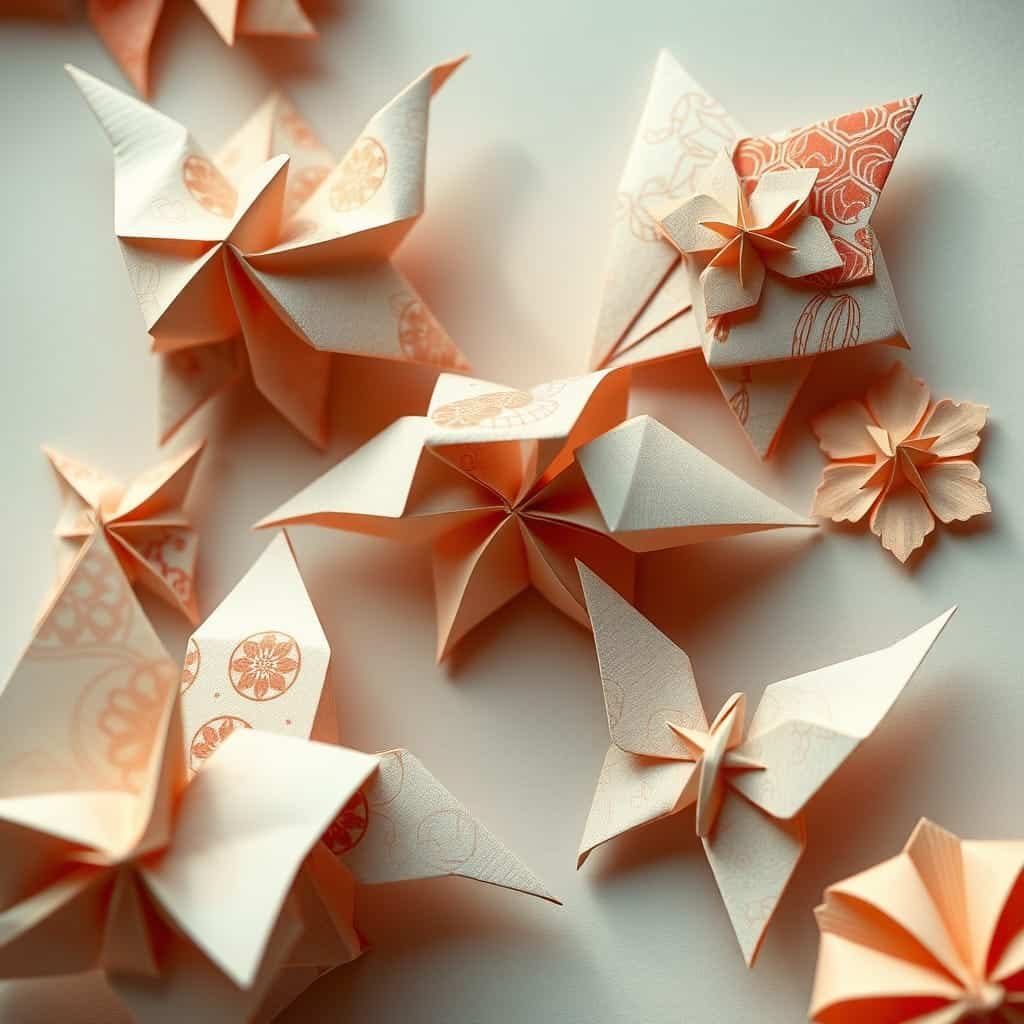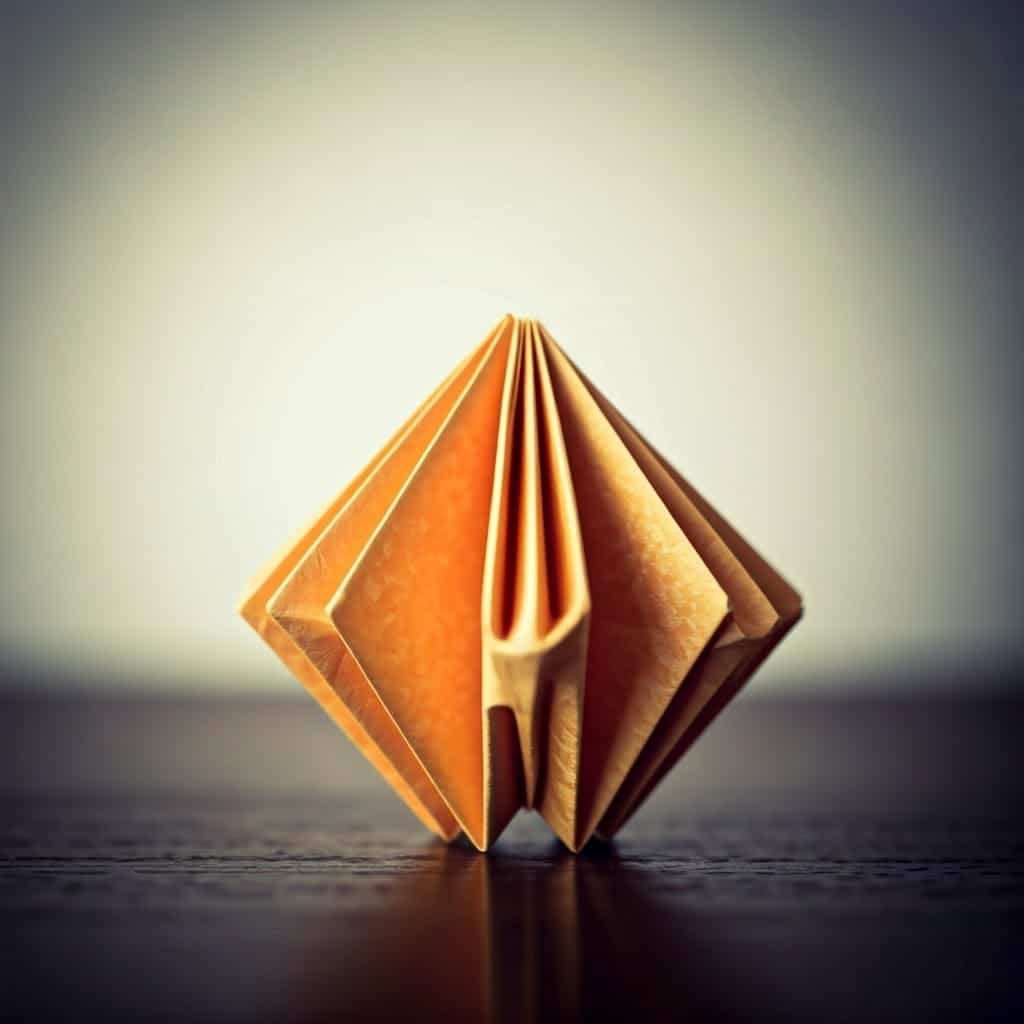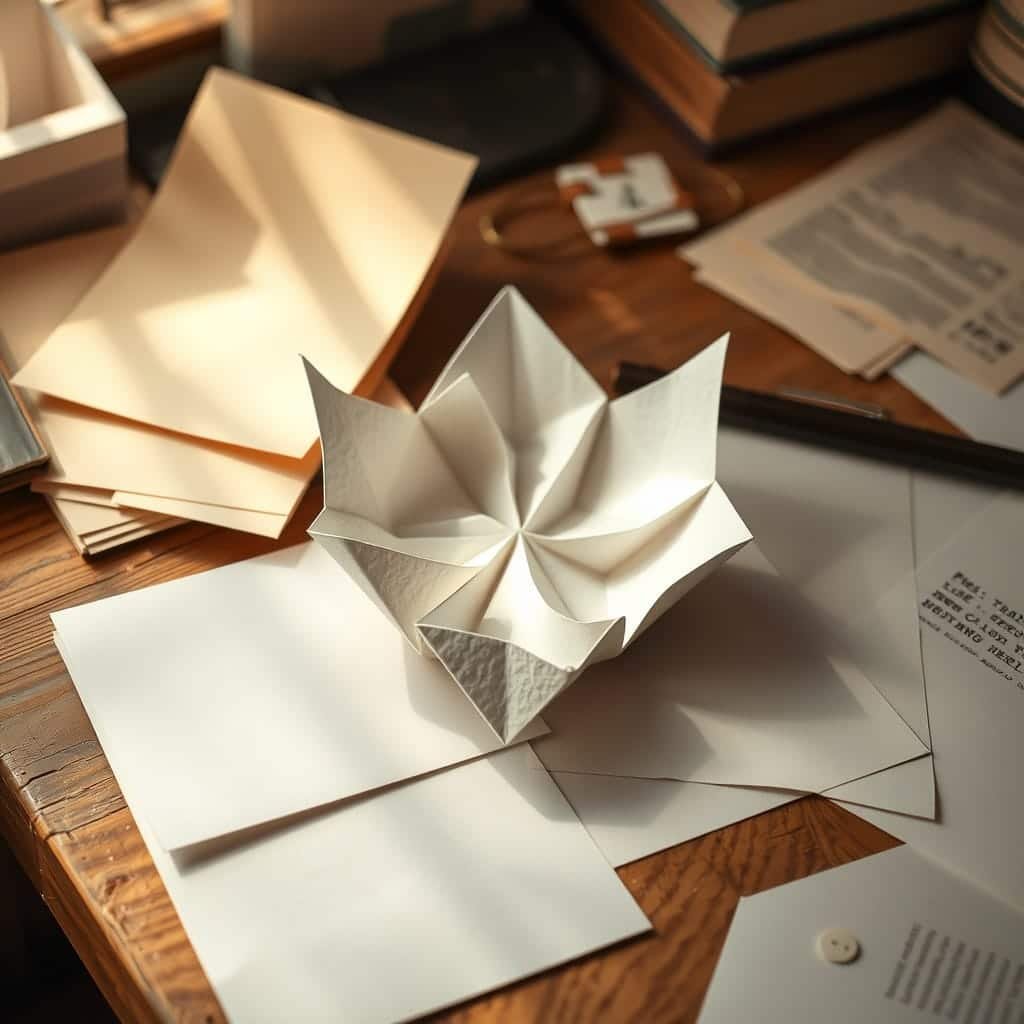Your cart is currently empty!
Stay in Touch!
Get updates about new artwork and upcoming events.
Get updates about new artwork and upcoming events.
—
by
Origami, the ancient art of paper folding, has evolved over centuries into a sophisticated and diverse creative practice. Within this evolution, a movement known as origami purism has emerged, establishing a set of principles that define what many consider the “true” essence of origami. For art collectors and interior designers, understanding these boundaries offers deeper insight into the philosophy and craftsmanship behind origami artworks, enriching their appreciation of the art form.
This post explores the principles of origami purism, its rationale, historical context, and ongoing debates, providing a comprehensive view for those drawn to its beauty and discipline.

Origami purism adheres to specific guidelines that distinguish it from other paper crafts and artistic techniques. These rules serve as a foundation for the purist interpretation of origami:

For purists, these rules are not limitations but rather a framework that enhances creativity and maintains the art form’s integrity. They believe:
While origami purism has gained prominence in recent decades, it represents a relatively modern interpretation of a centuries-old art form. Historically, traditional origami often included:
The purist movement emerged as origami became increasingly recognized as a high art form. By formalizing rules, purists sought to elevate the craft’s reputation and focus on the elegance of folding alone.

Despite the influence of purism, it does not encompass the entirety of the origami community. Many practitioners and artists embrace alternative approaches, arguing for greater flexibility in the craft:
These differing perspectives enrich the world of origami, creating space for diverse interpretations and innovations.

For art collectors and interior designers, understanding origami purism offers valuable context when selecting works:
By appreciating the philosophy and techniques behind origami, collectors and designers can curate pieces that align with their spaces’ narratives and evoke meaningful connections.
Origami purism represents one of the most disciplined approaches within the broader spectrum of paper folding. Its principles celebrate the transformative essence of folding while preserving the art form’s integrity. For those who value tradition, precision, and the elegance of restraint, purist origami provides a clear benchmark.
However, the ongoing debates around these boundaries remind us that origami is, at its core, a deeply personal and evolving art form. Whether adhering to purist rules or embracing alternative methods, origami continues to inspire wonder and creativity, enriching the lives of those who encounter it.